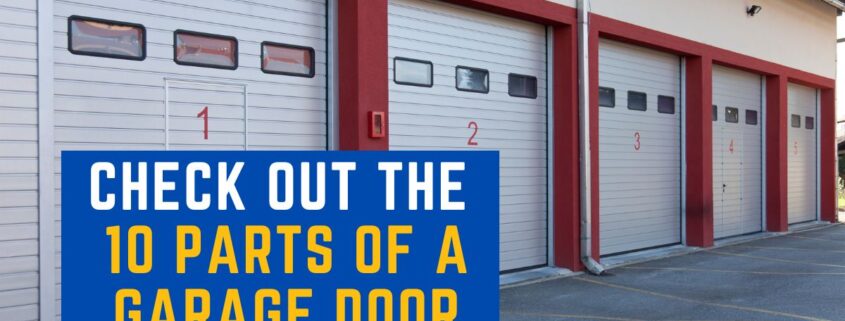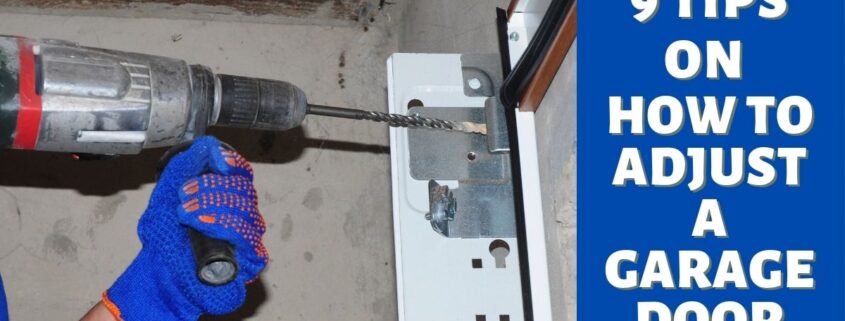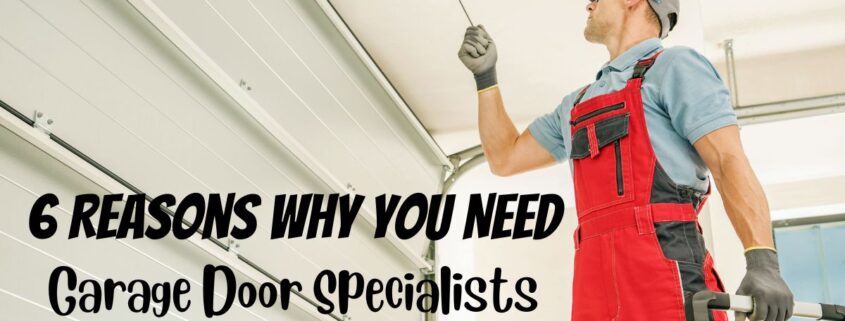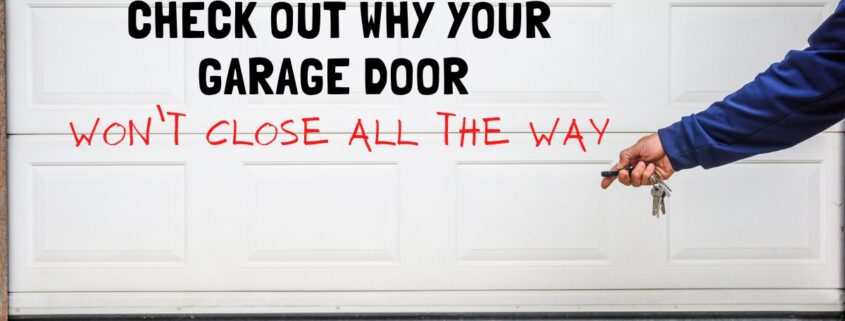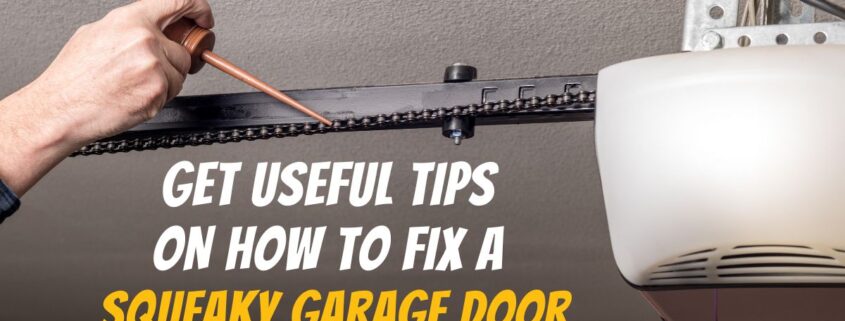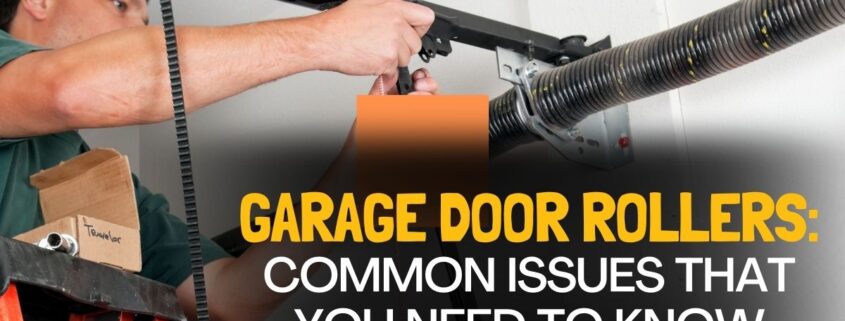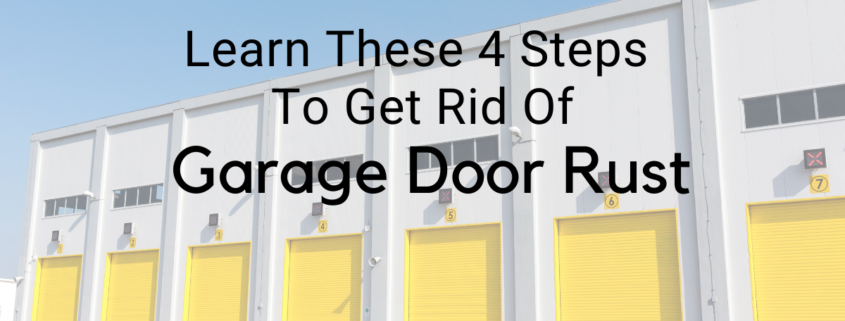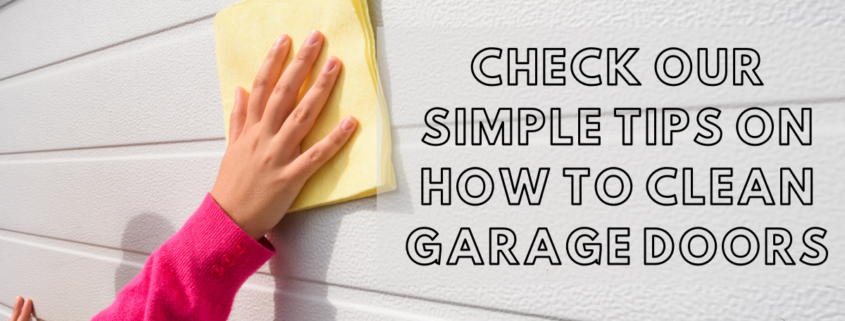Check Out the 10 Parts of a Garage Door
Garage doors are a necessary part of your property. Aside from the convenience they can give, they are an important part of your property’s security. They make your property and possessions safe and protected.
In addition, part of having a good relationship with your garage door is knowing and understanding its parts. This will give you more years of faithful and quality service from your door.
Learn the parts of a garage door so you can easily point out the issue and extend its life. Please read the article below and be familiar with the parts of the whole system.
Why You Need to Know the Garage Door Parts
- You will be able to better spot worn-out and defective hardware.
- To understand when you will need door repairs, maintenance, or replacement.
- You will be able to communicate more completely and effectively with garage door specialists or professionals.
Parts of a Garage Door System: Get to Know Them
A garage door is made up of several different components that are interconnected to perform essential functions. In addition, these components or parts help your door to work well.
Familiarize yourself with the parts of a garage door by reading below. Once you know the different parts and functions, you can understand the whole system.
1. Automatic Door Opener
The operator on your opener is a box that is mounted to your garage ceiling. It has pulleys that lift and lower your garage door. This requires electricity and has a logic board to operate. In addition, the opener is any remote or button that gives a signal to open the door of your garage.
2. Door Tracks & Rollers
The garage door rollers and tracks set the path and keep the door from crashing or lurching in another direction. The rollers are small wheels set up along the two sides of the door. As the door opens and closes, the tracks help the rollers to keep the movement of the door straight and down.
Moreover, they are essential parts and serve as a safety feature. If the garage door comes off the track, it will not be able to open.
3. Garage Door Torsion Springs
The springs that are usually placed at the top of the opening make it moves easily. They keep the garage door balanced and help the rollers glide easily on the tracks.
4. Cables
The cables assist your door in moving up and down without difficulty since these cables are located on both sides of the door. They will also help in the safe operation of the springs and prevent possible injury once they break.
5. Drums
The drums are pulley wheels that are fastened to the tube shaft ends. They will rotate once energy is released from the springs. And because the top cable is connected to the drum, it will make the cable roll up and eventually lift the door.
6. Tube Shaft
Another important component is a bar inside the door frame which runs above the door and holds the springs in position. This part helps the springs to function well and prevents your door from being damaged during operation.
7. Photo Eye Sensors
Since garage doors are heavy and quite large, they can cause accidents if not monitored properly. That’s one main reason why these types of doors come with safety sensors that are located at the bottom of the opening, one on each side. When something or someone is blocking one of the sensors, it will halt the door from opening or closing.
8. Hinges and Brackets
To keep the mechanism of the door connected, hinges and brackets play a part. Hinges are usually placed in the middle of the door itself. Since the door has different panels, hinges will help the door to fold when it opens. Furthermore, brackets which are metal parts keep the rollers and cables attached to the sides of your garage door.
9. Emergency Cord
The emergency cord is another safety part of your door. It is usually a rope that hangs from the door operator or trolley with a red tag or handles at the base. This feature disconnects the carriage from the trolley so the door will just slide along the railing. Moreover, this will also allow you to easily lift the door manually and walk up to it without worries.
10. Door Seals
Garage doors come with weather seals that are found along the sides of the opening and the bottom as well. These seals link small gaps between the walls and the door and serve as insulators of your garage from the outside.
Professional Garage Door Installation and Maintenance
Whether you need a new garage door or just replacement parts, Inland Overhead Door Company got you covered. We also offer garage door repair and maintenance services to make sure that your doors function well.
You can contact us around the clock and our team will be happy to assist you.

